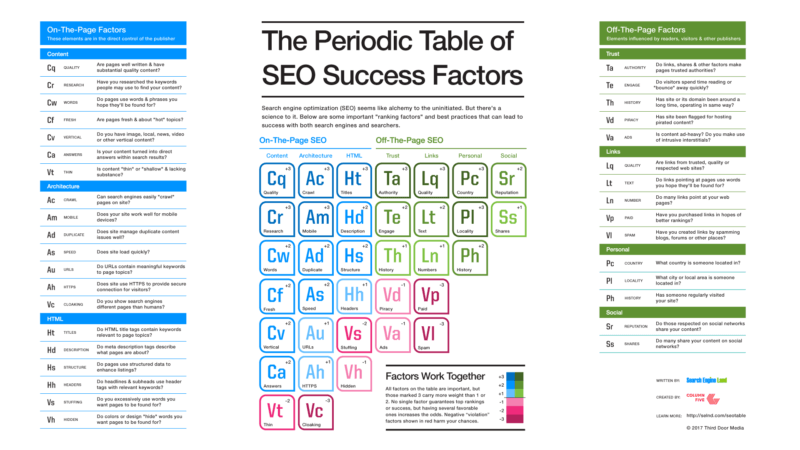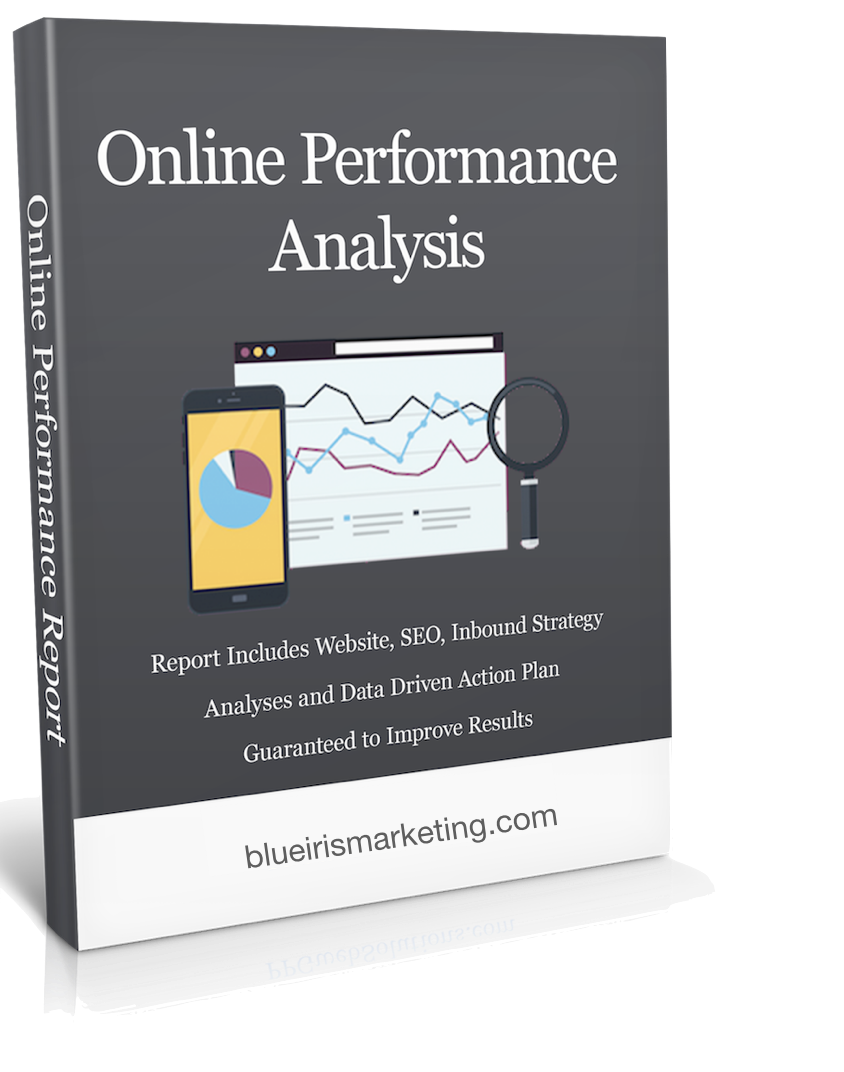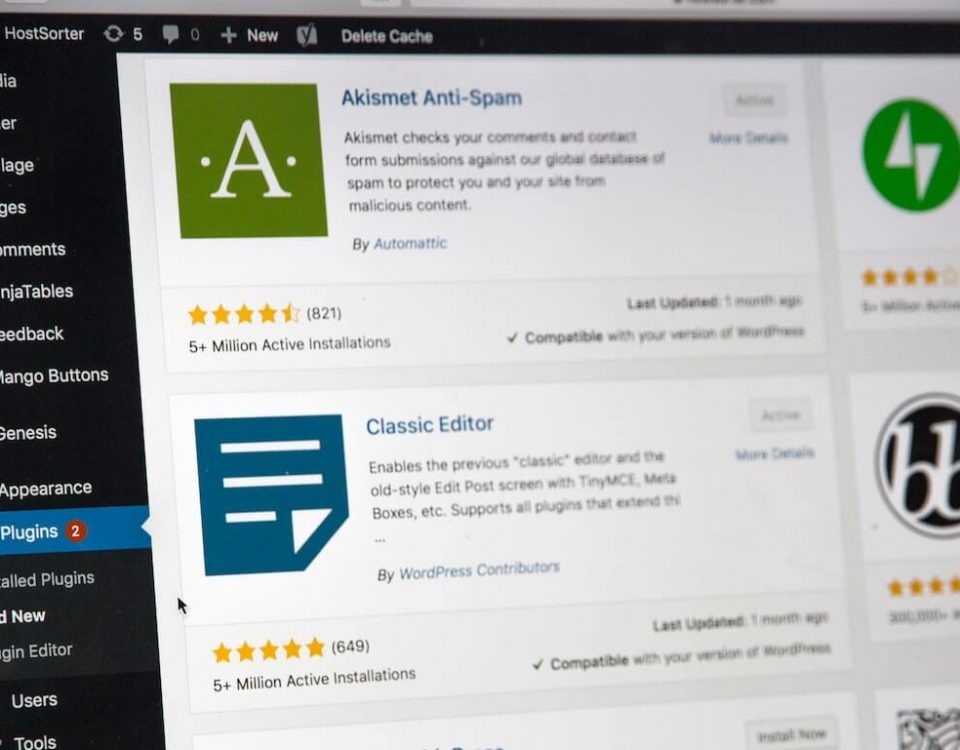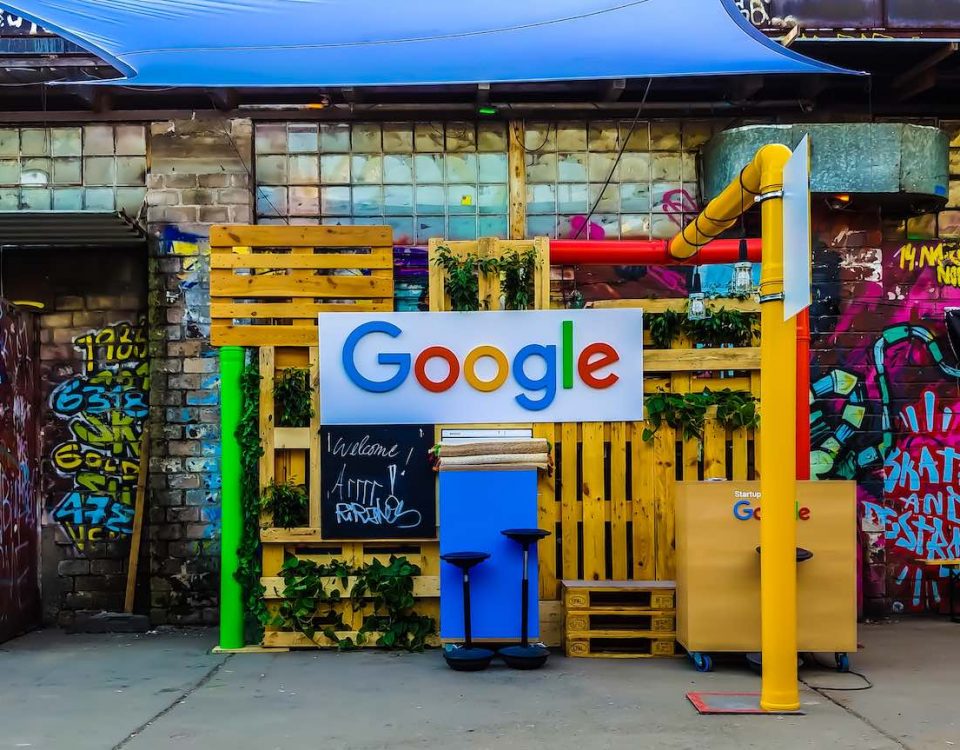2017 SEO Ranking Factors Updated

SEO and Website Security
June 16, 2017
How to Increase Traffic, Leads, and Conversions
June 26, 2017One of my top go to authorities for SEO updates and trends is SearchEngineLand.
Quite some time ago they published The Periodic Table of SEO Success Factors. It was developed to help SEO experts achieve greater success in driving more targeted traffic to their clients’ websites.
Just this week they updated The Periodic Table of SEO Success Factors, making this the fourth addition.
The newest table reflects Google’s focus on factors related to mobile, direct answers and site speed. Levels of importance on factors Google no longer places as much importance on have been decreased. Factors like site identify and personal social sharing are no longer part of the “Tables,” at all.
SEO: First Step in Inbound Marketing
If you haven’t jumped on the inbound train, you are certainly becoming more aware of the importance of leveraging content and synchronized systems to attract your buyer to your site at every phase of their buying journey.
There is a circle of life in the online kingdom.
If you aren’t winning in the circle of life, you aren’t getting new customers.
While there are several moving pieces required to do well with inbound marketing, the first piece is always a strong SEO strategy and implementation. Without this in place, not much else matters.

Circle of Life in the Online World
So this is what the online food chain looks like:
- Buyer has a need. Let’s look at it as metaphorical hunger.
- Solution. You feed the need with your top-notch, high-relevant content. How does your buyer find the solution? (Clearly, metaphorical food.)
- Buyer finds the content because of your well-researched, very accurate keyword phrases and terms (bait that takes them to your landing or website pages). Every snippet of content contains the bait.
- Finding the Bait. The bait is waiting for them to look for it. It’s right where they are going to look. We know this because we’ve done our research. Getting the bait in the right place is the result of a well-developed, well-executed on-site and off-site SEO, social media and search engine marketing strategies.
- Consuming the Bait. Buyer eats that content (irresistible downloads) and becomes a marketing-qualified lead.
- Keeps coming back for more. Buyer continues to consume your content; satisfying their need for information as they get closer to the decision phase. When your content is irresistibly delicious and relevant, your lead will keep coming back for information until they are ready to buy.
- Catching the fish. Buyer makes a purchase and consumes your content that supports maximization of your solution within their business or life.
Your buyer is a fish. You have the fish food, which is fabulously relevant content.
The only way to get them to find your fish food is by dangling the bait (your highly researched, incredibly well optimized keyword phrases) is through a best-practice driven, well-implemented SEO strategy. The social media and search engine marketing efforts help increase your results in less time.
As a result of your baiting efforts, the website pages or landing pages with those keywords then show up at the top of the search engine rankings. Your buyer will rarely look beyond page one of the search engine results. If your content is not there, someone else gets to catch the fish.
Your buyer clicks on the search engine results. This takes them to your page (hopefully you are on page one). Page one search engine results are the culmination of top-notch, quality, relevant content and really good on-page and off-site search engine optimization.
Boom shakalaka. Done!
That’s the cycle of life in the online world.
Okay. Enough metaphors. What does it look like in practice?

Online Circle of Life: The Process and the Practice
Here’s what it looks like as an actual process:
- Buyer Need. Your ideal customer senses an impending need for your solution or is in some phase of needing it or needing solid information about it now.
- Your ideal customer is searching for information (content) related to your solution.
- She’s using keyword phrases and questions that include her (need for):
- Feelings
- Fears
- Needs
- Problem
- A vendor / solution
- Resolved state
- Product information
- Comparisons
- Pricing
- More…
- She’s either in the:
-
- Awareness Phase
- Consideration Phase
- Decision Phase
- Customer experience or loyalty phase
- Her search phrases are your ideal keyword phrases and you should be optimizing your content and using a quality SEO master or company to manage a strong off-line SEO strategy
- She’s using keyword phrases and questions that include her (need for):
- Content and Keyword Phrases. Your website, landing page and download offers aka content contains the search terms, words and phrases that your ideal buyer is using to find their much needed information
- Premium White Hat SEO. Your high-quality, highly-relevant (to your ideal buyer) content is being optimized fabulously (on-page and off-site), so that when your would-be buyer is searching for answers, your web pages are showing up high on the first page.
- The highly optimized on-page content attracts would-be buyer click-throughs
- The content is so compelling your visitor wants to download your offer.
- Social Media and Search Engine Marketing. Using the proper social media channels and paid ad, PPC or social media post boosting, you are providing opportunity for your buyer to find you and your solution.
- The irresistible content you use for this process compels your targeted buyer to click through toy our landing page.
- High-Performance Landing Pages. Your buyer wants your irresistible, high-quality download content enough to give you her email address.
- Automated Workflows
- When your buyer submits her information via the form on your landing page, she is taken to a private landing page where she can immediately download your offer.
- This process sets in motion an automated workflow that looks something like this:
- Name and email address captured and added to a specifically named campaign list.
- This triggers an email to the new lead thanking them for their interest in your gift.
- You introduce yourself and create a warm connection within this email.
- You provide a link to download the free gift (content offer).
- The new lead is now enrolled in sequence of emails that have been strategically developed and synchronized to help move the lead through the buyer’s journey process. This process is supported by additional workflows.
- Workflows also notify you when your lead has taken specific actions, visited specific pages or has expressed a specific level of interest. With this notification, the lead is passed to your sales team or you go into sales mode and reach out personally to the sales-qualified lead.
- Email Campaigns
- Once your lead has been enrolled in a specific campaign (responding to a landing page offer or campaign and providing required information), she begins to receive nurturing marketing that intuits her needs and appropriate delivery time for each email.
- Your ideal customer is searching for information (content) related to your solution.
This can be a little overwhelming. If you have more time than resources, start with your SEO. Once you get this under your belt (90 days), you can start the next step.

SEO: Major Areas of Importance
The updated Periodic Table of SEO Success Factors is developed to help you focus on the most foundational and important requirements needed to achieve success with search engine optimization.
The success of your inbound marketing and SEO plan lies the hands of multiple experts. The areas of responsibility marked with an asterisk (*) are directly affect the success of your SEO strategy.
Every area in the list below is directly linked to the success of an inbound strategy and achievement of its goals.
- Researcher *
- Buyer Persona
- Buyer’s Journey
- Content Strategy
- Copywriter *
- Content relevancy
- Content quality
- Personalization
- Effective keyword usage
- Linking
- Website design and developer *
- Website architecture
- Quality of code
- Website design, user experience
- Your Brand Reputation and Quality *
- Trustworthiness of your content and solution
- Search Engine Optimization Expert *
- On-page SEO
- Off-site SEO
- Backlink development
- Social Media Expert *
- Social Media Strategy
- Social Media implementation
- Social Media Engagement
- Social Media ads
- Inbound Marketing Team
- Landing page design *
- Calls-to-Action *
- Follow-up systems and strategy
- Automated Workflows
- Lead qualification
- Sales Team
- Follow-up and closing sales-qualified leads
The fourth version of the Periodic Table of SEO Success Factors did not add new factors. It did however, increase the importance of some of the factors and decreased the weight of importance on two elements. Two other elements were removed.
Here is a summary of what is most important:
Content Quality
Content is everything. Without well-researched, quality content nothing else matters. Your content counts. Everything depends upon it.
Mobile
Google continues to increase its demand that your content be mobile. By the end of 2018, Google will have their “mobile-first index” in place. Desktop users will be affected by this, too.
Site Speed
You’ll recall speed became a ranking factor in 2010. Mobile page speed will soon become a ranking factor. Having a really fast desktop speed is very important. Having really fast mobile loading speeds will be even more important in the months to come.
Direct Answers and Featured Snippets
While there has been debate over whether having your page show up as a direct answer or featured snippet drives or reduces traffic to your site, this isn’t going away. Many website owners are reporting that it does, indeed, drive traffic.
Direct answers and featured snippets will most frequently be the answer given on voice searches via Google Home and mobile devices.
Keywords in Titles
Having keywords in your titles continues to be an important ranking factor.
Trust and Page Authority
While Google has downplayed the idea that site or domain authority is a key ranking factor, there is evidence that page authority is a significant ranking factor.
Backlinks
Quality: High-quality backlinks continues to be a very strong ranking factor.
Quantity: What has been downgraded in its importance is the sheer number of backlinks.
Paid: Not only is this not a ranking factor, quite the contrary using purchased links creates a negative impact and could get you in a lot of trouble.
Site Architecture
User experience is a very strong ranking factor. Your site should be intuitive to navigate. Content should be no more than 3 levels deep, and even that is too deep.
Site Crawlability
Search engines use bots or spiders to crawl your site. These bots make copies of your web pages and store them or index them so that they are easily retrievable for search engine results.
Every site has a crawl budget, so to speak. You only get so much of the bots crawl resources. So if you have crawl problems, your site isn’t going to get crawled as quickly.
If your site isn’t crawled or indexed, your pages will not show up in the search engine page ranking results (SERPs). I think you can figure out what that means.
Your programmer or SEO expert can use robots.txt and internal link structures to tell search engines not to crawl certain pages. It is also important to use HTML and XML sitemaps to make it easy for search engines to successfully crawl your website.
Locality
The city or region in which your business operates is a significant ranking factor. It’s obvious that people prefer to buy local and they prefer to buy in their city, state or country, if local is irrelevant.
Social Signals
Social signals are created by the number of social shares you receive on the social media platforms on which you engage. While Google doesn’t count your social shares as a direct influencing ranking factor, sharing does lead to linking and engagement of your website and landing pages. This remains a factor to be considered in your overall search engine optimization approach.
Heavy Ads and Pop Ups
Google began going after websites with lots of ads and pop-ups or intrusive interstitials pretty heavily a few months ago. It’s been said that we might see some lightening up of this in the future. In the meantime, go easy with your ads and pop-ups.
I hope this helps you as you endeavor to increase your targeted traffic, convert more leads and close more customers.
Our free website and SEO analysis will help you pinpoint exactly where your greatest opportunities exist to improve search engine results and increase targeted traffic. Get your site analyzed today.
Get Your FREE Website and SEO Analysis Today
Using data-driven analyses and research, we will conduct a thorough performance audit of your:
- Brand Performance
- Inbound Marketing Strategy
- Search Engine Optimization
- Competition
- Website
- Social Signals
- Domain Ranking and Rating





